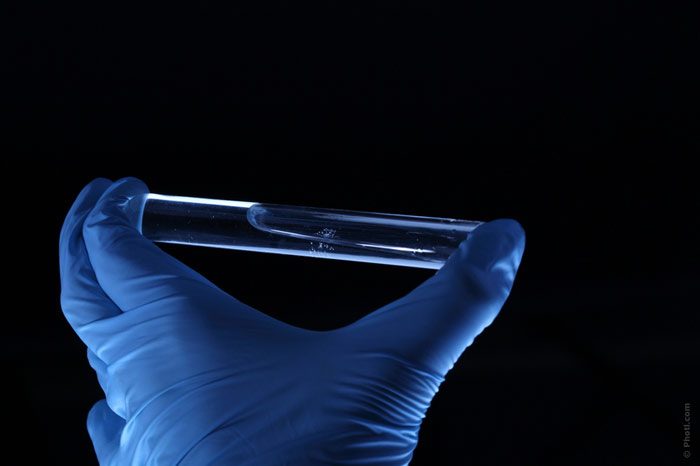Each couple will have different challenges in fertility and there are many kinds of fertility treatments today that are offered by doctors. Embryo cryopreservation or unfertilized egg is a very important part of in vitro fertilization treatment and through this method, the oocytes or the unfertilized eggs or the fertilized dividing embryos can be preserved to be used in the future.

This is one of the latest technologies in IVF and it has many benefits. When it is used in the IVF process it can increase the probability of achieving pregnancy. The method also lets the couple see their family grow as the same egg group can be used for the future IVF cycles.
Around 10 to 30 eggs are recovered from the ovary in an IVF cycle. Not all the eggs may be suitable for cryopreservation. The process lets the couple save a number of eggs for multiple attempts of conception. It can also lead to treatment without using any fertility drugs. When one opts for cryopreservation there is less likely that another egg retrieval procedure will be required.
The number of eggs that are transferred is dependent on the number of eggs that are available, the age and other factors that are specific to each patient. In many cases, single embryo transfer is enough but when there are health issues that may make conception difficult then multiple embryo transfers are recommended.
Embryo cryopreservation increases the probability of a future pregnancy when conception may not be possible naturally. This is in cases where suppose a woman has been diagnosed with cancer and she chooses to preserve the oocytes before she undergoes a treatment for cancer so that the treatment does not affect the egg quality. Also if a woman wants to delay her pregnancy but is scared that her egg quality may go bad as she ages, she may choose to preserve her egg using the method of cryopreservation.
 Vitrification is a new technique that freezes the eggs or the embryo that is used in the IVF process. There has been a lot of advancement in technology that allows the frozen embryos to be used, giving a success rate equal to using a fresh embryo.
Vitrification is a new technique that freezes the eggs or the embryo that is used in the IVF process. There has been a lot of advancement in technology that allows the frozen embryos to be used, giving a success rate equal to using a fresh embryo.
Using the method of Vitrification, the IVF patients can delay the transfer into future and the results will be equal to using a fresh embryo transfer. The transfers can also be spaced out which gives every embryo a better chance of achieving pregnancy. After the embryos are vitrified, a FET or a frozen embryo transfer can be scheduled in the future.
Embryos are frozen in order to preserve them and to be used in assisted reproduction. Studies have shown that when the embryos are thawed and transferred then the success rate is higher than when using a fresh embryo. This is especially true in the case of women who are over 38 years of age. Also, the cases of extrauterine pregnancy and premature births are higher when there is a fresh embryo transfer as compared to a FET.










